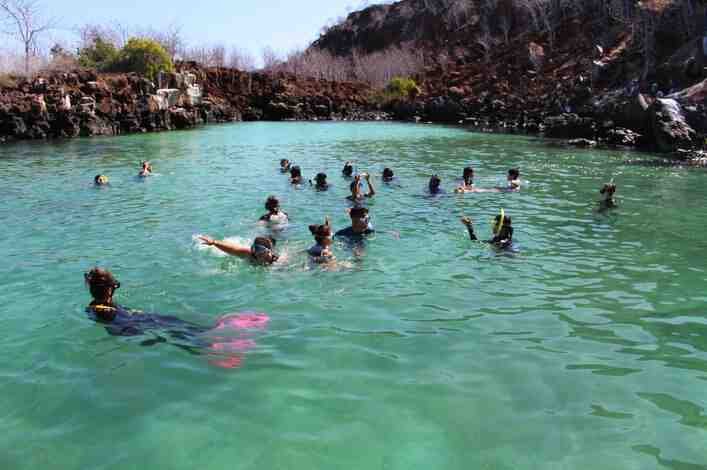
The first time we met with our Shark Ambassadors group in 2017 at the Charles Darwin Research Station (CDRS), they looked curious about the activities we were about to develop. I remember asking all of them why they chose this program instead of the other options they had and some of them told me that they were afraid of sharks, others said that sharks are cool but they had never seen one in their life, and others were just curious to learn more about sharks and their importance in the ocean. Different scientists participated in our Saturday morning program presenting information to the group, and the project field activities compliment the theory allowing the students to better understand why the scientific research that the CDRS and other institutions develop is key for sharks and ocean conservation.

We prepared different activities that included science lessons and storytelling projects. Their final assignment was to prepare an outreach project or exhibition for the local community so the previous lessons were very useful to prepare their materials and explain what they learned. We participated in beach clean-ups that helped the students understand the impact of pollution in the oceans. Just in one morning we picked up more than 10 big bags with trash that included plastics of different products and from different places, nets, boxes, cables and more. We had another beach clean-up focused on micro-plastics. We sat on the beach and we filled a bottle with colorful tiny plastics that at first sight were easily confused with rocks.
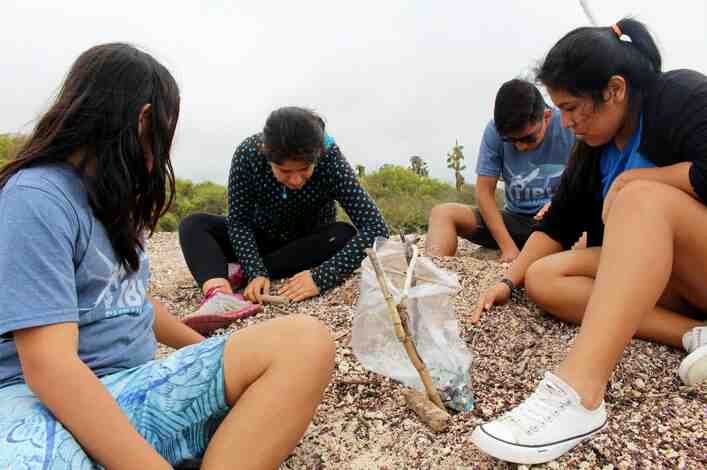
After watching documentaries about overfishing, being in the field exploring rocky shores, identifying species while snorkeling and more, the Shark Ambassadors were ready for the most anticipated activity, snorkeling with sharks in their natural environment! We met at the CDRS to go to the Itabaca Channel where La Iguana and Spondylus boats were waiting to join us in our adventure. We were all very excited while going to Punta Carrión, a place full of biodiversity. We finally arrived and the crystal clear sea water allowed us to see blacktip sharks swimming under the boat, the sharks were there with us!
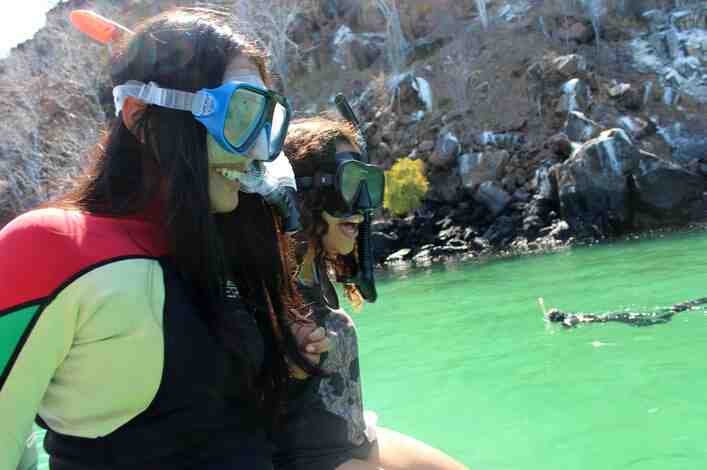
We jumped in the water and we followed our friend and naturalist guide that joined us that day. We found white tip sharks resting in caves so we kept our distance from the surface and just enjoyed their beauty. We continued snorkeling and different species of reef fish were feeding on the rocks. Beautiful colorful fish that shine with the sunlight were also part of our experience. We got on the boat after the first snorkel very excited!
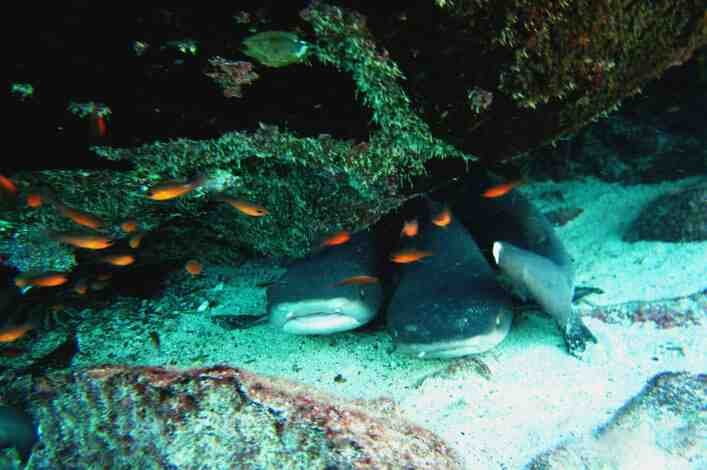
“These programs really help young people like us to learn about different species and what is the reality” said Katherine León, one of our Shark Ambassadors.
While we were on the boat we talked about the bad publicity sharks have received so they were very surprised to have seen the “other side” of sharks. We saw white tip and black tip sharks that were swimming very close to us and one of the conclusions was that if we follow the rules the experts recommend, and if we respect the animal’s space we all can enjoy an amazing experience like this.
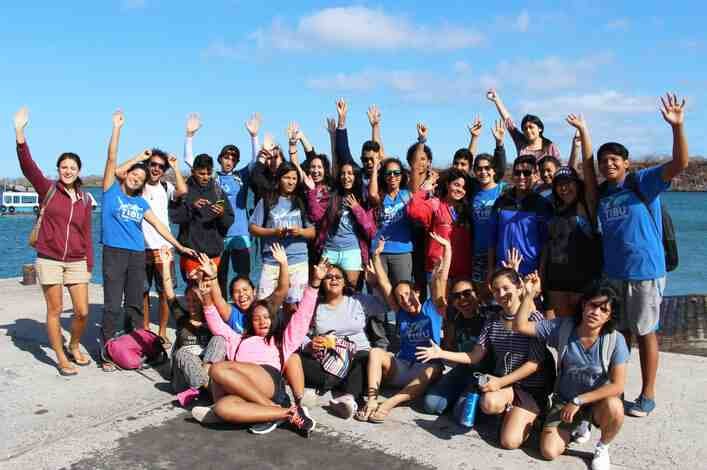
Jose Antonio Santos, one of our Shark Ambassadors also mentioned how surprised and exciting it was for him to observe sharks in their natural environment for the first time. This successful experience demonstrated how important it is to have a deep knowledge of the place where we live to really understand the relevant role that people have to ensure the protection of sharks and other species, independently of our age or jobs. We need more ambassadors in the world and the best way of reaching them is showing them the wonders that our planet holds. This program has demonstrated us that exploring and fun are successful tools to learn about the importance of oceans' conservation and their biodiversity.
We want to thank Save Our Seas Foundation that supports our project in the Galapagos Islands and the crew of the boats that helped us in the mentioned fieldtrip.





